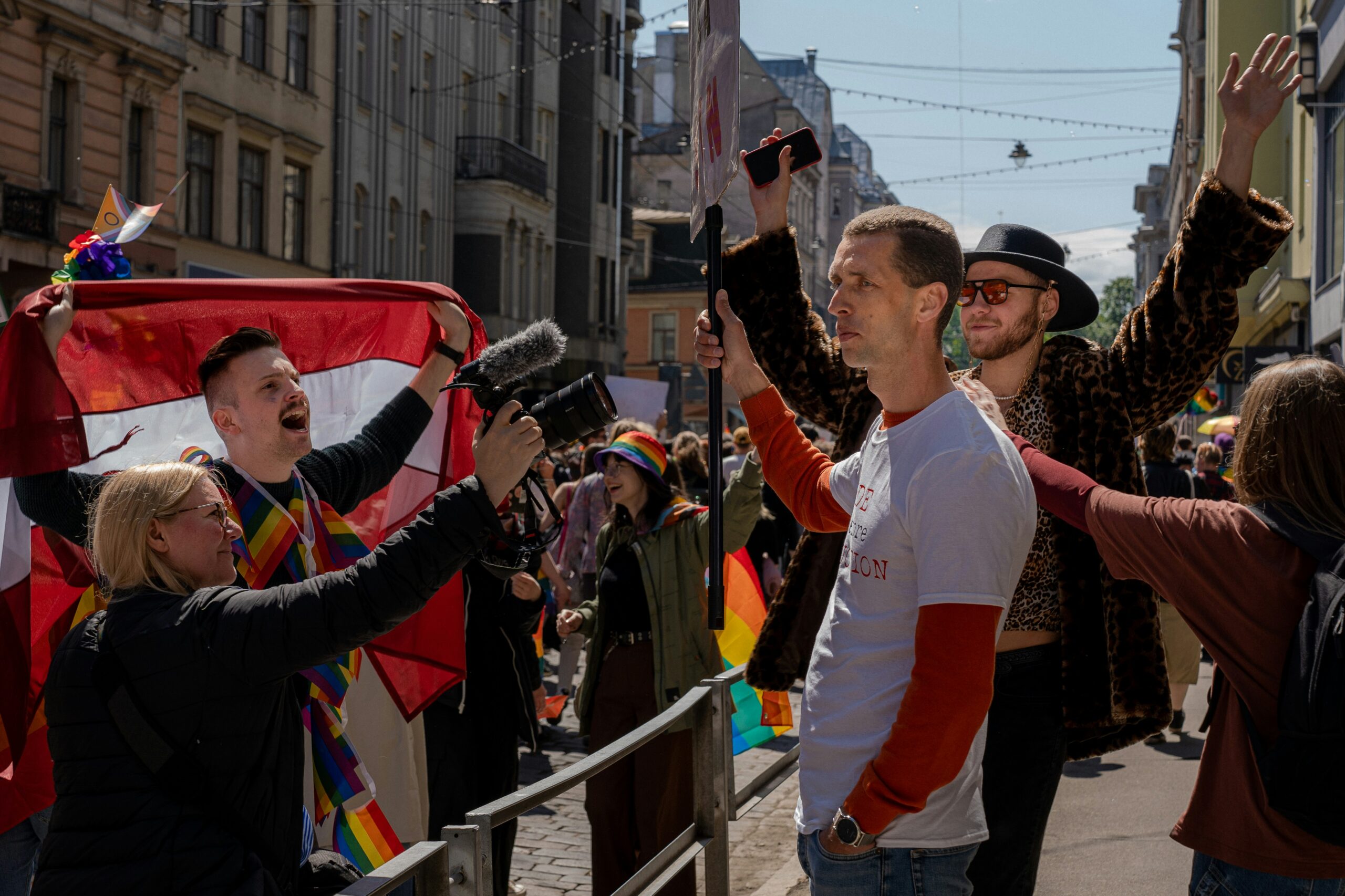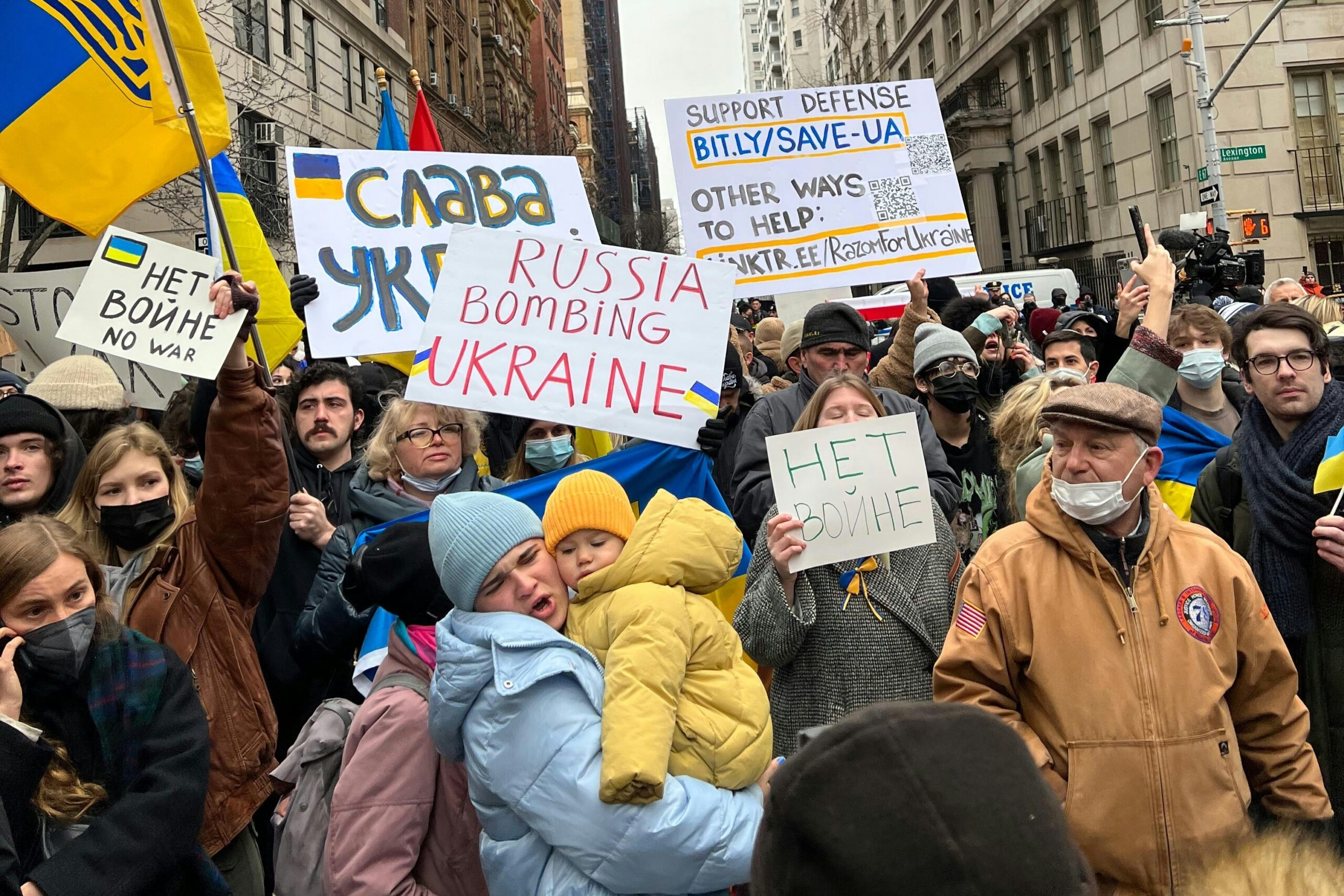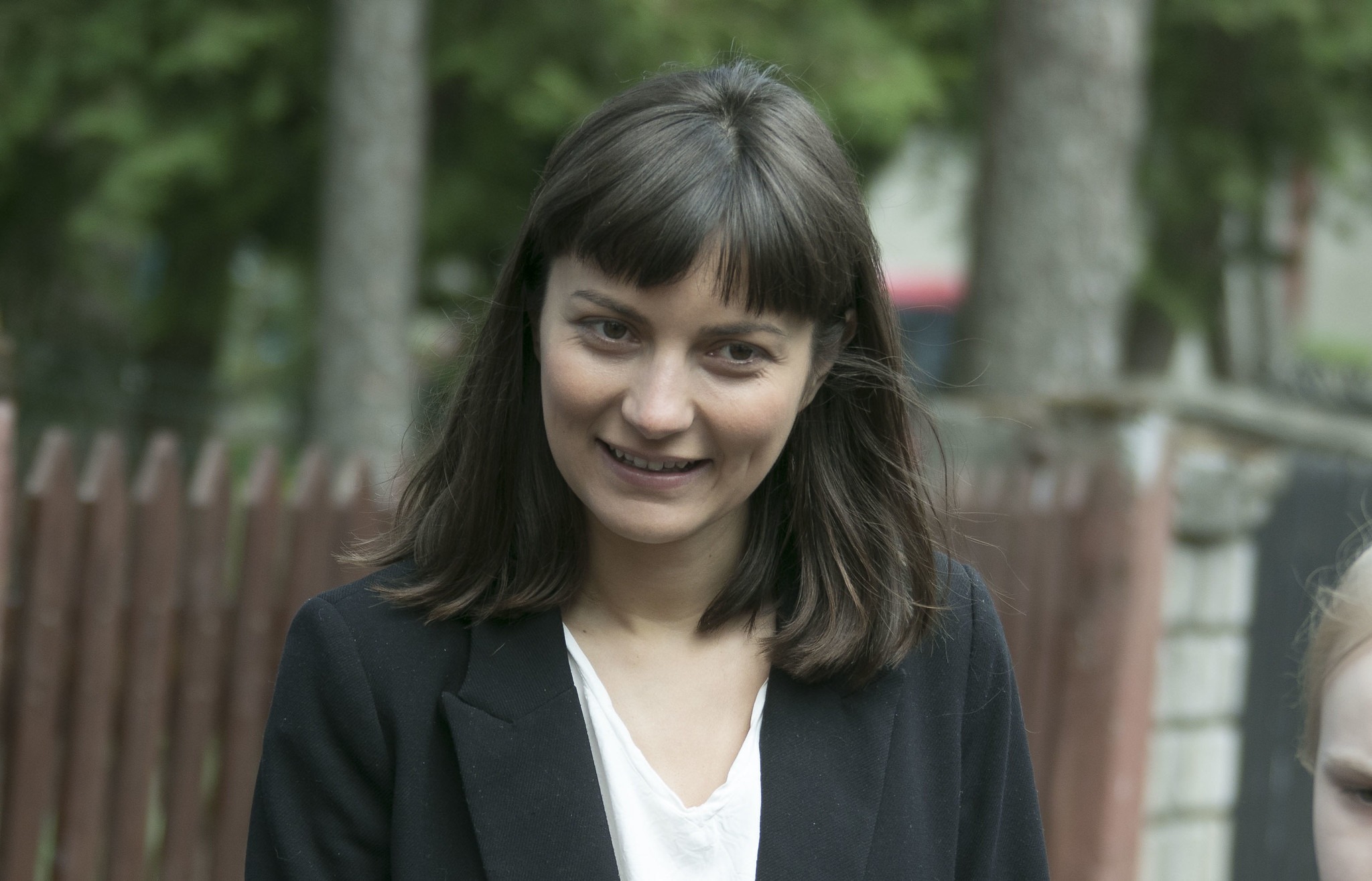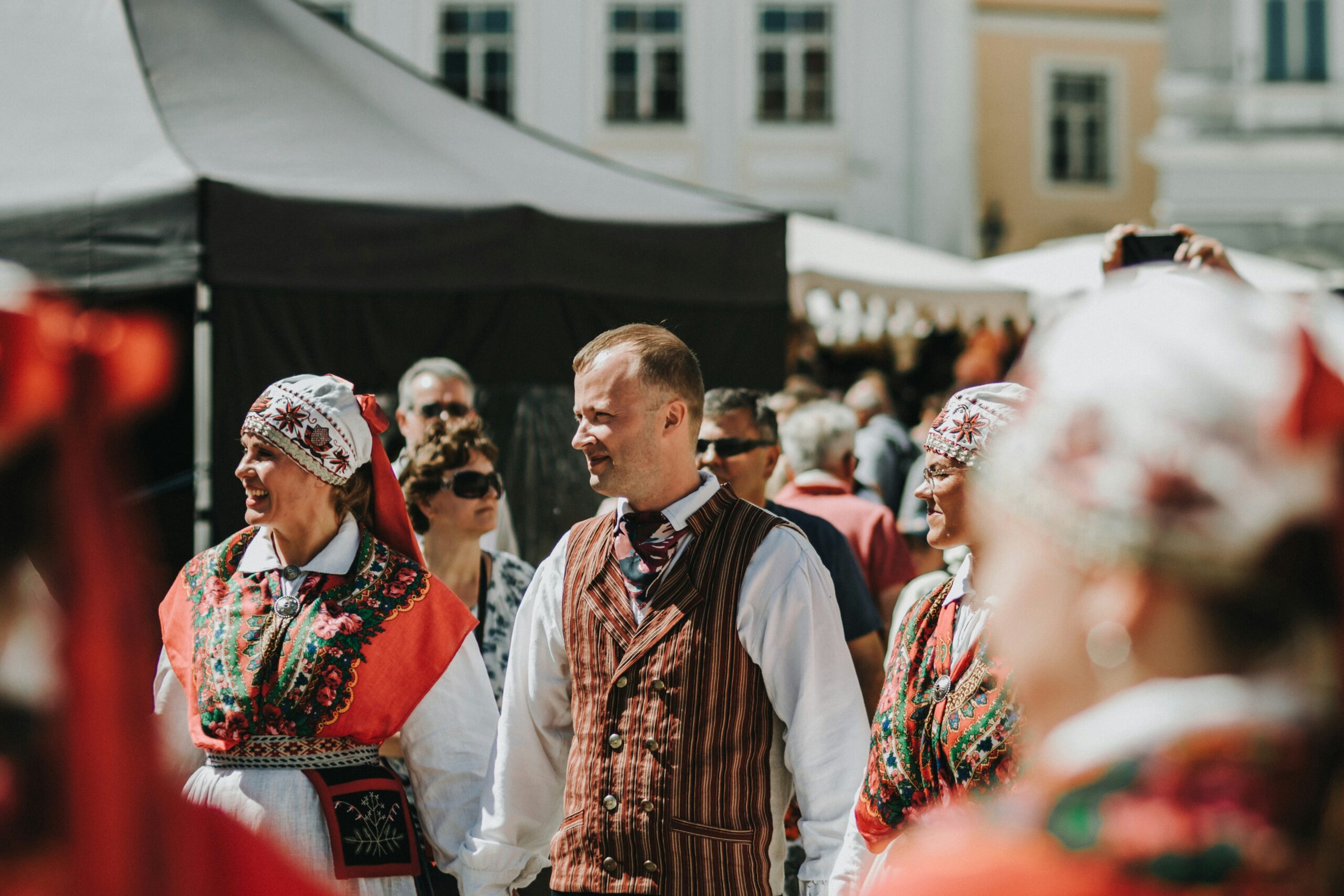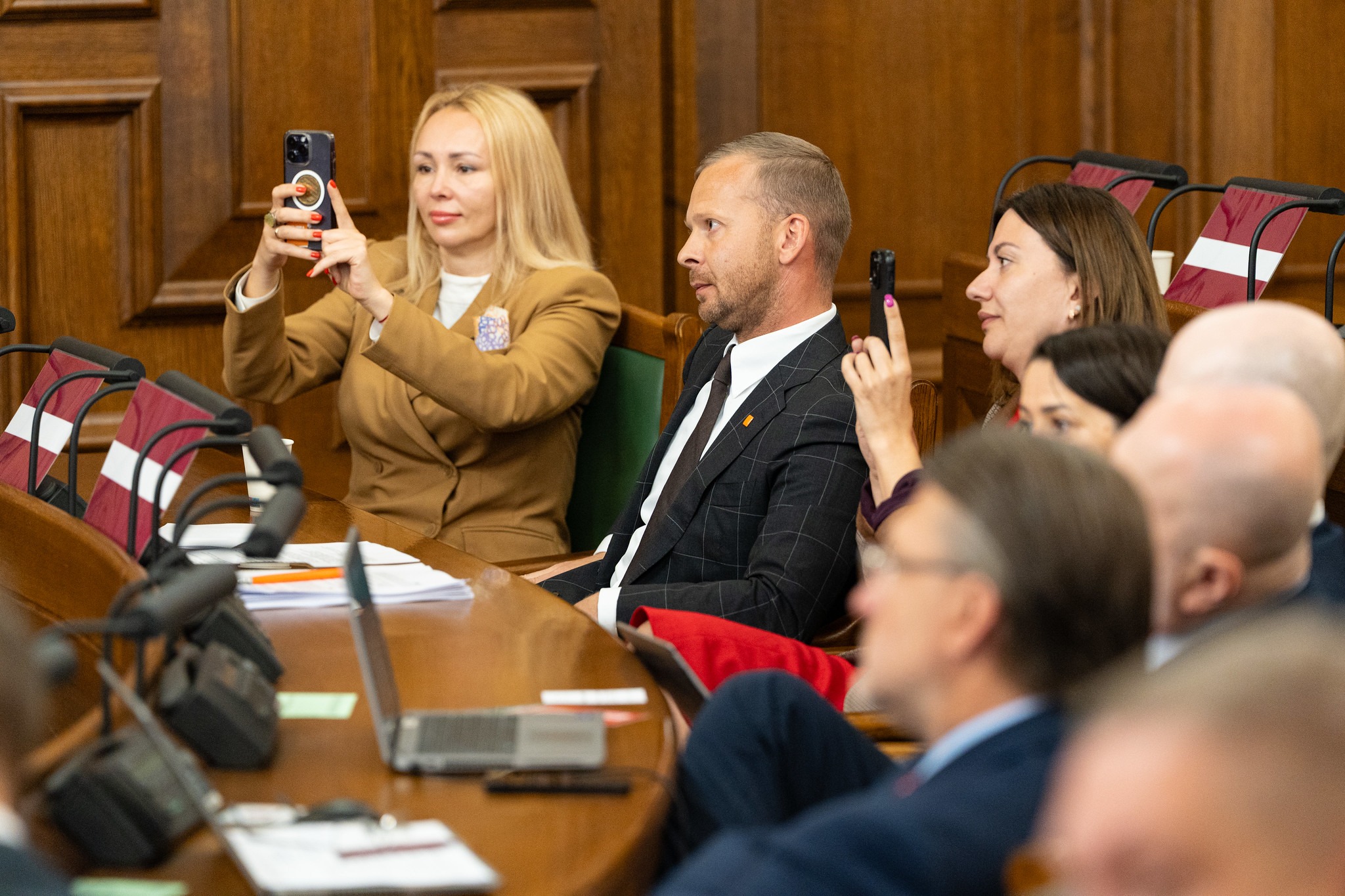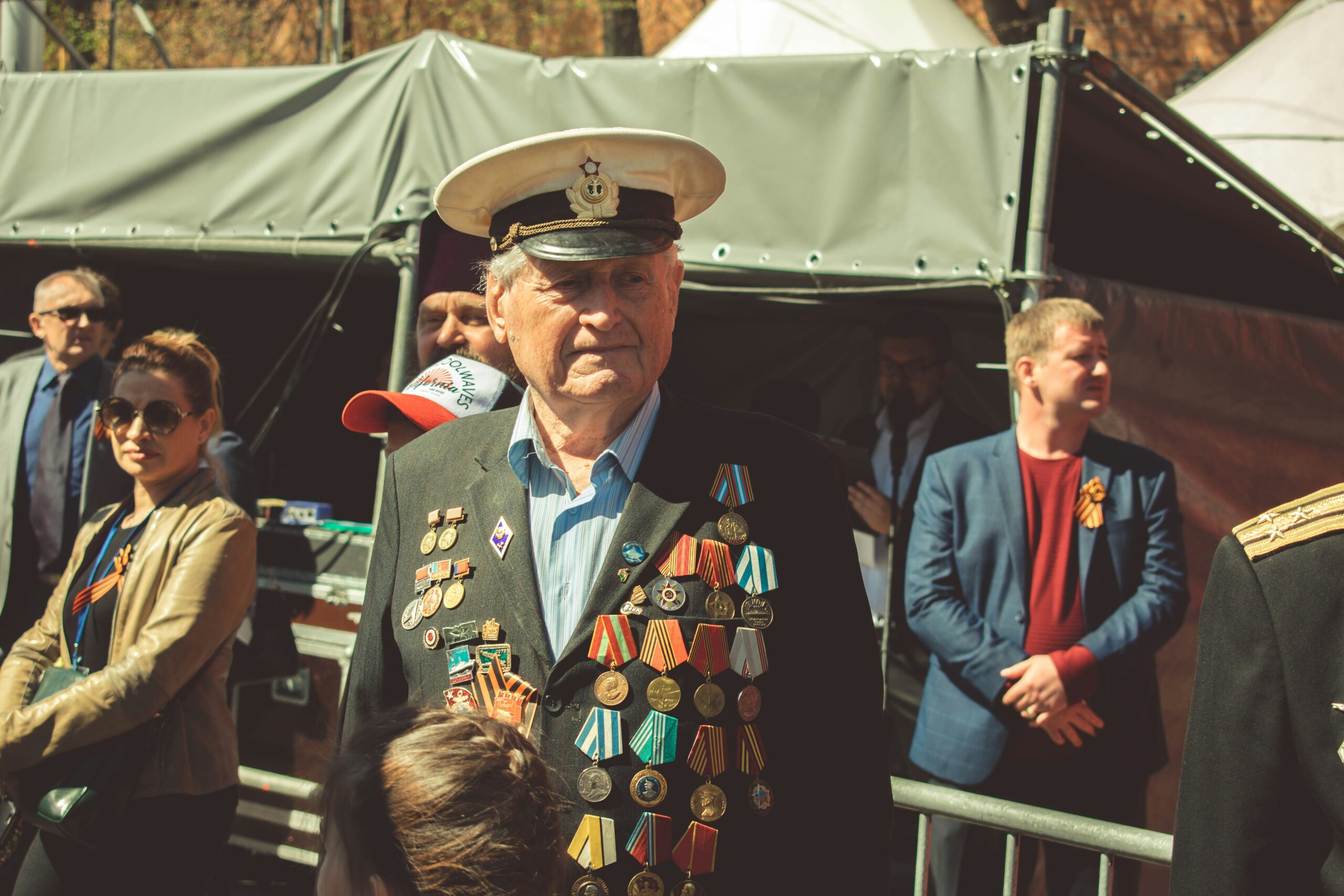
Key insights:
In May, pro-Kremlin disinformation actors in Estonia adapted their narratives to exploit emotionally charged issues such as national identity, freedom of speech, minority rights, and internal security. Key themes included:
- Portraying Estonia as a “police state”: Government investments in surveillance, defence, and emergency preparedness were portrayed as authoritarian overreach.
- Undermining LGBTQ+ rights: The Tallinn Pride event was attacked as evidence of moral decay and the destruction of “traditional values”.
- Victimisation of Russian speakers: Incidents involving language use, court cases, and social policies have been used to portray systemic Russophobia.
- Escalation of military and geopolitical tensions: Estonia’s actions on maritime security and NATO cooperation were portrayed as unnecessary provocations.
- Rewriting history and attacking the memory of the Second World War: Estonia’s focus on Europe Day was portrayed as a betrayal of the Soviet legacy, especially around 9 May.
Overall, these narratives aimed to polarise society, delegitimise Estonia’s democratic institutions, and foster mistrust among Russian-speaking residents.
Overview of the Main Findings:
In May, hybrid disinformation tactics continued to be used to manipulate Estonian public discourse. Estonia’s domestic security policy was a recurring target. Pro-Kremlin voices portrayed plans to expand CCTV coverage and AI-assisted surveillance as signs of a growing police state, designed to stifle dissent rather than ensure security. The narrative reinforced fears of an oppressive government, often coupled with conspiracy theories and comparisons to totalitarian regimes.
Discontent among Russian-speaking residents was also exacerbated. A case of a Russian-speaking patient being denied communication in her native language in a hospital was widely circulated as evidence of state-sponsored Russophobia. Comments by officials defending the use of Estonian were deliberately taken out of context to fuel outrage.
Victory Day on 9 May was again used to project Russia’s soft power across the border. Events in Ivangorod aimed at Narva audiences were promoted as genuine commemorations, while Europe Day events in Estonia were dismissed as artificial and anti-Russian. The vandalism of the Bronze Soldier monument a few days later intensified the emotional framing of these narratives.
Security developments near Narva also provoked a backlash. The announcement of a permanent military base, Frontex facilities and energy infrastructure upgrades were portrayed not as strategic defence measures, but as escalatory steps that threatened peace in the region. This fits a long-standing pattern of portraying Estonia as a pawn of NATO.
Online reactions to the seizure of the tankers and NATO-Russian military encounters in the Baltic Sea contributed to the perception of Estonia as reckless. Russian voices claimed the legal and moral high ground, accusing Estonia of violating maritime norms and provoking conflict.
Meanwhile, the Tallinn Pride event was portrayed as a state-sponsored attack on Christian and family values. LGBTQ+ visibility was framed as proof that the government had abandoned economic priorities and embraced ‘Western decadence’. These cultural arguments were fused with claims of police brutality and control, particularly in relation to the social media panic over new water cannons.
Finally, the long-running trial of Aivo Peterson, accused of treason, continued to attract sympathy from his supporters. Framed as a political prisoner and victim of persecution, his story remains a potent rallying point despite waning media interest. Social media speculation about his candidacy in the upcoming local elections suggests that the narrative will be reactivated for political purposes.
Story of the Month
On 9 May 2025, Estonia experienced another sharp increase in pro-Kremlin propaganda, with the cities of Narva and Tallinn emerging as key flashpoints in Russia’s ongoing disinformation campaigns. So-called Victory Day has become an annual opportunity for the Kremlin to promote imperial nostalgia and anti-Western narratives in Estonia, where historical memory remains a contested issue. In Narva, where over 90% of the population is Russian-speaking, 9 May celebrations have historically included gatherings at the T-34 Soviet tank monument, which was a local symbol of pride for many Russian speakers before it was removed. However, since the Estonian government relocated the tank in 2022 due to concerns over public order and national security, the city has been heavily targeted by narratives portraying Estonia as ‘erasing Soviet history’ and ‘disrespecting the sacrifices of the Russian people’. In 2025, pro-Kremlin Telegram channels circulated doctored videos seemingly showing Estonian police harassing peaceful Victory Day participants in Narva. In Ivangorod, Russian authorities erected a large stage and screen facing Narva, broadcasting patriotic performances including Red Army songs and wartime footage. In response, the Narva Museum displayed a large banner on the wall of Narva Castle reading ‘Putin – War Criminal’, directly facing the concert stage in Ivangorod. The Russian authorities requested its removal, but the Estonian police declined, citing the country’s commitment to freedom of expression. In Tallinn, smaller but more visible gatherings occurred near the Bronze Soldier monument, which has been a long-standing source of controversy. Despite regulations prohibiting the display of Soviet symbols, several individuals wearing black-and-orange St. George’s ribbons — a symbol widely associated with Russian militarism — gathered to lay flowers and chant slogans in support of Russia’s “historical truth”. The Estonian police dispersed the crowd and made several arrests for violating public order laws. Almost immediately, pro-Kremlin influencers amplified the incident, portraying Estonia as a repressive regime that is cracking down on freedom of expression.
